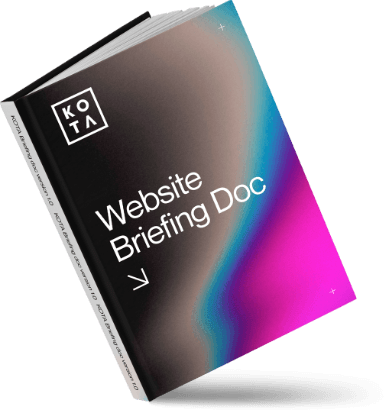The power of WordPress as a “headless” CMS

WordPress as a headless CMS might sound like a mouthful, but trust us, it’s a game-changer. If you’ve been using WordPress just for blogging, you’re missing out on its superpowers. Let’s dive into what a headless CMS is, why WordPress rocks in this role, and how it can supercharge your website.
What is a headless CMS, anyway?
First things first—what the hell is a headless CMS?
Simply put, it’s a content management system (CMS) where the front-end (the “head”) is decoupled from the back-end. This means you manage your content in WordPress, but you can display it anywhere—on websites, apps, digital kiosks, you name it.
Why go headless with WordPress?
WordPress is already a fantastic CMS, but going headless takes it to another level. Here’s why:
- Flexibility and freedom: You’re not tied to WordPress themes and templates. Use any technology you like for the front-end—React, Angular, Vue.js, or even something else.
- Performance boost: Speed up your site by delivering content through APIs. This means faster load times and a better user experience.
- Better security: With no front-end for hackers to attack, your WordPress back-end stays more secure.
- Multi-channel publishing: Publish content once and display it across multiple platforms—websites, mobile apps, and more—without duplicating effort.
How does it work?
Using WordPress as a headless CMS is simpler than you might think. Here’s a basic rundown:
Step 1: set up your WordPress back-end
- Install WordPress: Get your standard WordPress installation up and running.
- Enable REST API: WordPress comes with a built-in REST API. In simple terms, this allows your content to be fetched as JSON data, which can be used anywhere.
Step 2: Choose your front-end
Now, the fun part. You get to choose any front-end framework or library to display your content. Popular choices include:
- React: Great for building dynamic, single-page applications.
- Vue.js: A progressive framework that’s easy to integrate and fun to use.
- Angular: Perfect for complex applications requiring robust architecture.
Step 3: Connect the dots
- Fetch content via API: Use the REST API to pull content from WordPress.
- Display content: Render the content using your chosen front-end technology.
Real-world applications
Still wondering how this looks in the real world? Here are some scenarios where a headless WordPress setup shines:
- E-Commerce: Imagine a lightning-fast online store where product details are managed in WordPress, but the shopping experience is handled by a sleek React app.
- Mobile apps: Use WordPress to manage content for your app, ensuring that updates are instantly reflected without needing to redeploy the app.
- Digital displays: Control content for digital signage in stores or at events from one central WordPress dashboard.
Tools to make your life easier
Going headless doesn’t mean you’re on your own. Here are some handy tools to smooth the process:
- WPGraphQL: A plugin that adds a GraphQL API to your WordPress site, providing a powerful alternative to REST.
- Headless WordPress plugins: Various plugins help you manage and optimise your headless setup, like ACF to REST API for custom fields.
- Static site generators: Use tools like Gatsby or Next.js to generate static sites with content from WordPress, combining speed with the flexibility of modern front-ends.
Summing up
WordPress as a headless CMS opens up a world of possibilities. You get the user-friendly content management you love, with the flexibility to build and display content anywhere. Whether you’re looking to improve performance, enhance security, or streamline multi-channel publishing, a headless WordPress setup can take your digital presence to the next level.
Ready to unleash the power of WordPress as a headless CMS? Let’s chat!
Interested in working with KOTA?
Drop us a line at
hello@kota.co.uk
We are a Creative Digital Agency based in Clerkenwell London, specialising in Creative Web Design, Web Development, Branding and Digital Marketing.






